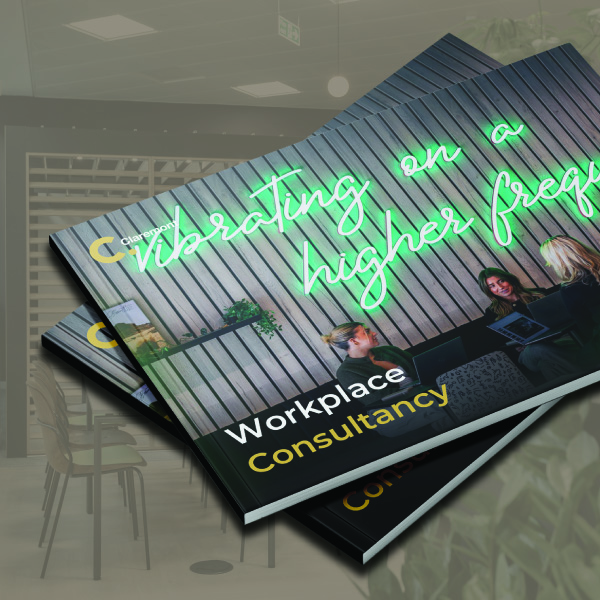
Are we really supporting neurodiversity in the workplace?
Date
3 October 2023
Read length
5 min
Neurodivergence is having its moment in the spotlight, and rightly so. As UK business leaders start to recognise that as many as 20% of their workforces have ADHD, autism, dyspraxia and dyslexia, it’s become more important to understand the needs of these employees and ensure that the act and place of work are helping them perform at their best.
Last week, Claremont’s in-house psychologist Becky Turner spoke to the online lifestyle publication Stylist about why it’s so essential to consider neurodiversity when creating both office cultures and inspiring and inclusive workplaces.
She said: “Understanding neurodiversity is a necessary part of being inclusive, so the importance of inclusivity in the workplace cannot be overstated. If you’re not creating a physically and culturally inclusive environment, you’re excluding a faction of society and denying people the opportunity to contribute or perform at their best.
“It’s thought that as much as 20% of the population are neurodivergent, yet many workplaces still aren’t supportive of these needs – which is demonstrated by approximately 30-40% unemployment in working-age neurodivergent adults.
“It’s good business sense for employers to cater for neurodiversity and factor the needs of these employees into office culture and etiquette. Neurodivergent employees often have different skills, perspectives and thinking patterns – all of which can add tremendous value to the performance of teams. Plus, considering and responding to the needs of neurodivergent employees creates a more diverse and accepting workforce and a positive workplace culture centred on inclusivity. It’s a win-win for everyone.”
The Stylist article also included some great points from other contributors – such as Tara Button, the CEO of Buy Me Once, who stressed the importance of harnessing her strengths or ‘superpowers’ following her own ADHD diagnosis, and business coach Lauren Goodman, who explained how she’s learned which tasks are best suited to her ADHD and importantly, what she needs of the physical environment as a result.
While the insights of both Tara and Lauren centred on ADHD, neurodiversity covers a much broader range of diagnoses and needs. Becky added: “Reflecting all forms of neurodivergence in the workplace can seem overwhelming – especially as what one neurodivergent person needs can be very different to another – but it needn’t be. From a design perspective, neurodiversity can be accommodated in many ways, with variety and choice being the ultimate indicators of a neuro-inclusive workplace.”
Becky also shared some practical tips to help employers accommodate neurodiversity in the workplace. She said: “There are lots of simple but effective improvements that can be made to office design, such as careful use of colour and pattern so as not to minimise visual stimuli, ensuring explicit wayfinding to help people move through the office with ease, and consideration of office acoustics to minimise sound reverberation and bleed, which can be distracting.
“One of the most significant areas to focus on is considering stimulation-sensitivity. Neurodivergence can include extremities of sensitivity to stimulation. When planning a workplace, we need to ensure there are spaces of sensitivity sanctuary, hyper-minimal spaces that offer visual and audio privacy at their core. If space allows, differentiating quiet work settings such as a booth for focused work and wellness or retreat spaces will ensure colleagues can access the supportive environment they need anytime. Ensuring there are predictably quiet zones in the workplace limits distractions.
“Similarly, it’s important to bring zones of dynamic energy into the workplace to support those who seek out stimulation. For some, the quiet of less-occupied offices can be as intrusive as loud noise. These spaces of dynamic energy may be a social or café space and dedicated collaboration areas that encourage movement.
“There is so much that can be done to support the neurodivergent community in the workplace, but if you were to do one thing, it would be to engage with colleagues and any (neuro)diversity networking groups. Giving a voice to colleagues and asking for their input is one of the greatest ways to create a truly inclusive workplace.”
You can read the full article with Stylist here.
To see how Claremont can make your workplace more inclusive, get in touch!
See how we could help with your new office interior design or office design and build project here
Get in touch
We love nothing better than talking all things workplace and design – got a question, potential project or just need some guidance?
Drop us a note…




